Warren Fu has been on fire lately. Not literally, but more in the look-at-him-isn’t-he-one-talented-fella sort of way. Largely defined by his minimalist and retro-futuristic visual style, Fu has proven that he’s a music video director worth his salt in a fairly short span of time since 2007, having helmed memorable clips for such musical titans as the Strokes, Mark Ronson, and the Ting Tings, not to mention most recently rising to the mammoth task of directing Daft Punk in their “Derezzed” video featuring Olivia Wilde, which heralds the launch of the much anticipated Tron: Legacy reboot. Armed with a degree in economics and having served as an Art Director at Lucasfilm—he designed the General Grievous character in Star Wars Episode III: Revenge of the Sith—you could say that Fu’s road to the directorial seat began somewhat unconventionally.
Anthem caught up with the director at The Mill in New York earlier this week while he was finishing up post on his Daft Punk video, and we were pleased to meet someone who is as good-natured and grounded as he is talented. (Don’t forget to check out the gallery for some exclusive photos and concept art!)
Could you give us a little background on your education and/or training? Broad stokes are good.
I studied economics at UC Berkeley, which hasn’t really helped much with my filmmaking career. I would say my foundation came from the oil painting classes I took during elementary school, designing my own spaceships with Legos, and eventually getting into graffiti. The inherent competitiveness and “battle” culture of graffiti pushed me to always strive to be better. From there, landing my first job at Lucasfilm was when I channeled my energy towards filmmaking.
I’m also really grateful that my mother “forced” me to play the piano when I was 7. I think having a bit of knowledge in music theory has helped my videos. There has been a number of times where I’ve actually written out the notes in order to plan out certain parts of the visuals that sync spatially to specific cues in the music.
What did you do at Lucasfilm?
I started off as an intern doing research—making copies and cleaning monitors—then moved onto being a concept artist and eventually an Art Director.
Were you always into VFX and design? What did you think would the dream job to have when you were growing up?
I never thought much about visual effects until I got my first job in the industry; I was along for the ride just like everyone else at the cinema. As a child, I was never really 100% sure what I wanted to do. I think when I was in kindergarten I wanted to be a cartoonist, then I became fascinated with claymation, and then I got into oil painting in the 5th grade. After I saw the “Making of Thriller,” I wanted to be an effects makeup artist for a bit. But that’s the great thing about filmmaking. I can play with any medium I want and incorporate aspects of any of the things I loved growing up depending on the project.
I read somewhere that you’re also a big fan of music. What kind of stuff do you normally listen to?
My iTunes music library is kind of a mess of everything. When set to random, it’s completely unbearable. It might jump from Gang Starr’s “Code of the Streets” to “St. Elmo’s Fire (Man in Motion).” But if I had to tell you what I listen to most nowadays, it’s probably late 70’s classic rock, post-punk, and synth-pop electronic music. I also really like rocksteady and golden era hip-hop.
Is music video the ideal medium for you to work in? Do you have any desire to direct features?
I love creating visuals for music in the same way that choreographers try to define music with movement. We get to define music through movement, colors, story, editing, cinematography, animation, and performance—anything.
I definitely hope to direct a feature film when the time is right. I’m currently working on solidifying a few loose ideas. Regardless of what genre I attempt to tackle first, I’m sure music will play a large role.
When you embark on new projects with bands and artists—album covers, branding, music videos, and what have you—is it very important that you’re a fan of their music?
It makes things easier, but I’m open to working with artists who will challenge me to venture into new directions as well. Many of the bands that I’ve gotten to work with have a certain sensibility that fits in with mine, and were already on heavy rotation in my music library. It’s kind of embarrassing when I get a call from one of the artists when I’m driving and I’m in the middle of blasting one of their songs.
I guess your most recognizable works to date have been for the Strokes. The Guardian reported that you’re their Art Director. What does that entail, exactly?
There’s definitely a strong tie to the band, but it’s nothing official or exclusive by any means. I’ve basically gotten to know the guys over the years and they ask me to work on something if they feel that I’m right for it whether it’s a holiday card illustration, logo design, t-shirt, or music video. I’ll always welcome the opportunity to work with them as long as they aren’t tired of me.
When a director works with the same artist more than once, you sort of assume that they’re on the same page about a lot of things—there’s a creative chemistry there. How did your collaborations with Mark Ronson start?
Sasha Nixon, the Executive Producer at Partizan London who signed me, connected us. It turns out Mark was familiar with my work with Aaliyah—who was a friend of his—and my “11th Dimension” video, so we were already at a good starting point. We speak the same language when it comes to music, be it 80’s Chaka Khan, 90s hip-hop, or our favorite indie rock bands.
I remember seeing the animated Aaliyah spot a couple years ago, but didn’t realize that was one of your pieces until very recently. Whose idea was it to turn Aaliyah into a 2D character?
That was Aaliyah’s cousin Jomo Hankerson’s idea. We were both big fans of this old Japanese cartoon called Battle of the Planets (aka Gatchaman), and one day, he thought it would be cool to bring Aaliyah into that anime world. She loved the illustration, and Jomo eventually asked if I could turn it into a TV spot. This ended up being my first directing job.
How would you describe your visual style? What is the connecting thread in your body of work?
It’s funny because my mother just called after seeing the Daft Punk video and pointed out something I hadn’t noticed. She said, “This is the third time you’ve done a video where the music starts with someone hitting a button.” Aside from the button gag (the last time, I promise), I would say all the videos are heavily art directed. I suppose I have an affinity for symmetrical compositions and complementary colors, and I’m very conscious of visual relationships to musical cues. Although I’m given the song first, my goal for each video is to make it look like the song could have been made as a score for the visuals. My hope when people see this new Daft Punk video is that they won’t really notice any disconnect between the music and the action taking place. I think we managed to make something that feels as if it were meant to be.
How did you meet Daft Punk?
I got a call from my rep saying, “Daft Punk wants you to direct their music video for the upcoming Tron soundtrack.” I couldn’t believe that these mythical beings (robots? humans?) were actually familiar with my work. He might as well have said, “Santa Claus called, he wants you to fly to the North Pole to help him design his toys.”
What was the concept behind the video? Did you end up pitching your own idea or did the band have something in mind?
It was such a great experience. The band basically let me have free reign to do whatever I wanted. Of course, I was mindful that it was a tie-in with the Tron franchise, so it wasn’t like I was going to make a video that takes place in a paisley forest. Along the way, they were inspired by the progress and gave me some key suggestions that made the video a lot stronger. I was pretty amazed and honored that they put so much trust in me. So, the concept is classic Tron—and by classic I mean it even predates the 1982 film—taking place in a medieval world. I wanted a chance to show an organic side to the universe with horses and birds, and have some fun within the established universe.
DAFT PUNK – DEREZZED (From the Tron Legacy Soundtrack) from Warren Fu on Vimeo.
It’s pretty effects-heavy. What went into the post process and how involved was The Mill during the pre-production/production phases?
The Mill was involved the minute the treatment was approved. During pre-production, we were on the phone with them quite frequently discussing storyboards and how to accomplish certain shots. It was also really helpful having two of their creative directors, Yann Mabille and Ben Smith, on set collaborating with our cinematographer Ketil Dietrichson to make sure everything was shot properly for post. Post-production was an exercise in efficiency. We had 4 weeks to turnaround almost 70 shots, so I was there every day sketching and doing concept art while their brilliant artists plowed through it all. I credit our producers, Zu Alkadiri and Ross Girard, for really making sure that we stayed on schedule.
What did Daft Punk have to say about the finished product?
I got two chrome and two gold thumbs up.
Were you a fan of the original Tron film?
Hardcore Tron fans will probably throw their glowing gloves up in outrage, but I actually saw the original Tron for the first time about 5 weeks ago. I was 6 around the time the original came out, so I was familiar with the light cycles, arcade game, and overall aesthetic, but when I finally watched the original movie, I realized that the story was completely unfamiliar and new to me. This also happened when I saw Purple Rain a few months ago. I had thought that I had seen it when I was younger, but when I actually watched it, I thought, “Whoa. Okay. I think would have remembered this scene.”
You’re currently repped by Partizan. When did you join?
In April. After years of hustling to land gigs on my own, it’s so nice having great reps and producers to work with. It’s been a fun ride thus far.
What’s your creative process like when it comes to writing treatments for music videos? Do you have a set routine?
You bet. Here it goes:
Step 1: Receive email with a great track, budget, and deadline. Excitement builds.
Step 2: Close eyes. Listen to song.
Step 3: Open eyes. Brainstorm ideas with sketchpad.
Step 4: Begin writing treatment.
Step 5: Realize that the treatment is shit. Excitement fades.
Step 6: Flip through books. Begin treatment #2.
Step 7: Finish second treatment.
Step 8: Realize that that Jonze, Gondry, and Cunningham have already done this idea—only better.
Step 9: Repeat steps 4-5 about 8 times.
Step 10: Take a long walk outside to clear mind.
Step 11: Come home and futilely Google the words, “Creative Block.”
Step 12: Cry in the shower.
Step 13: Cry in bed, biting pillow.
Step 14: Log onto iChat to see if any friends are awake at 4AM.
Step 15: Type the words, “Why am I such a failure?” in awake friend’s window.
Step 16: Sign off before friend can respond.
Step 17: Send an 8AM email apology to rep saying, “My dog died and I won’t have that treatment
ready for the due date, unfortunately.”
Step 18: Read reps response, “I know you don’t own a dog.”
Step 19: Reply to rep with, “Yes I do. It just died and I’m really sad.”
Step 20: Panic as rep says she’s coming over to my house to see the body.
Step 21: Rush to art supply store with the plan of creating a dead dog out of paper machete and
candle wax.
Step 22: A great random idea pops into your head at the art supply store that has nothing to do with paper machete or deceased dogs.
If there are any directors out there willing to share a better process (one less emotionally draining), I will buy them a burger.
What’s your current obsession?
Sound design.
Who are some of your favorite music video directors? Filmmakers?
Kubrick, 1970’s Lucas, Sophia Coppola, Christopher Guest, and David Lynch.
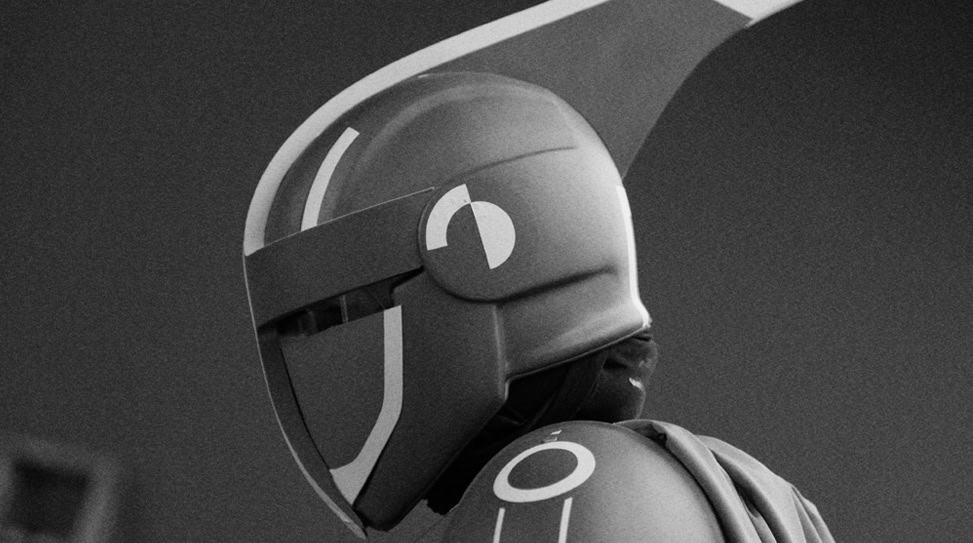

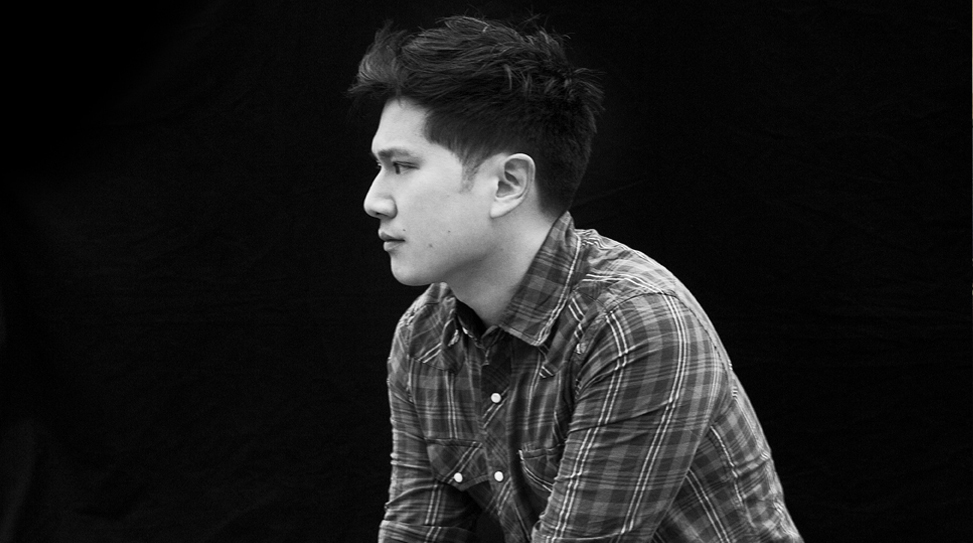
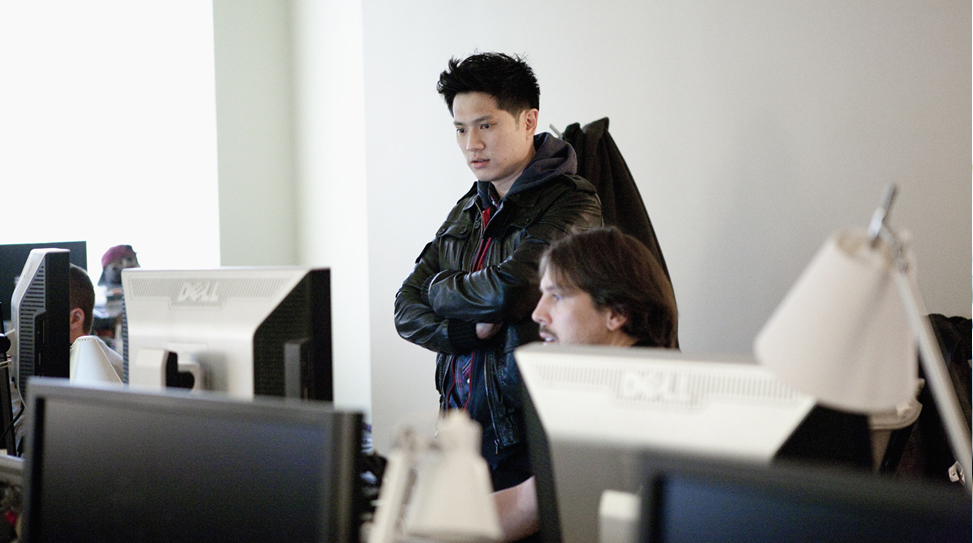
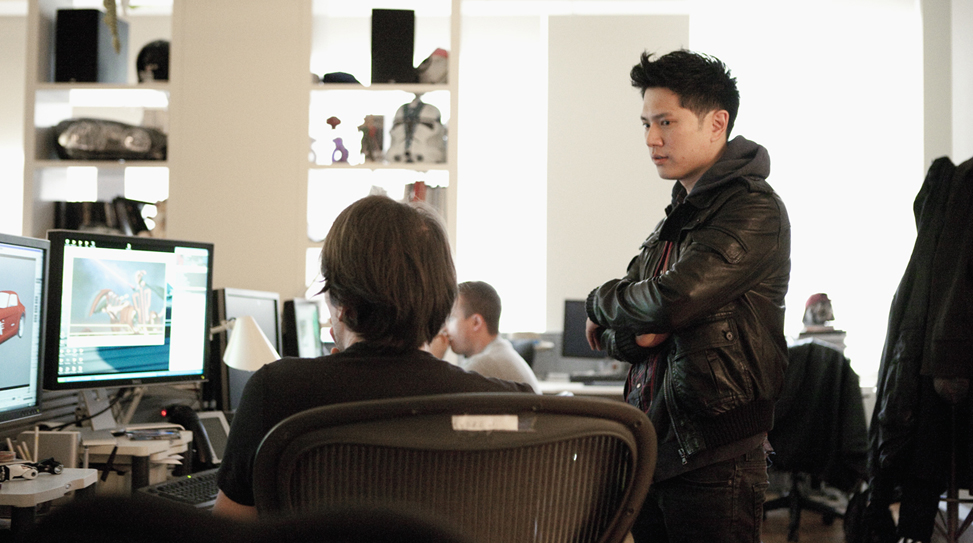
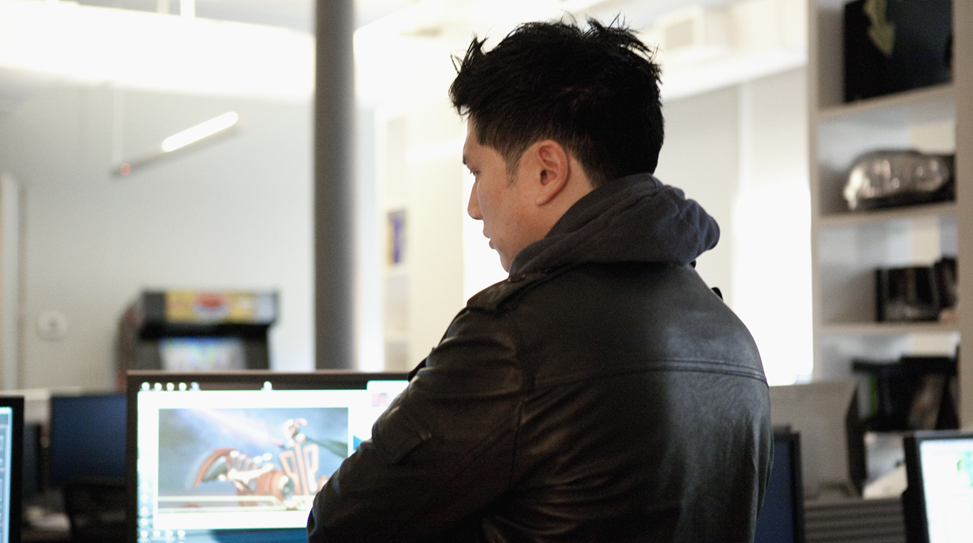
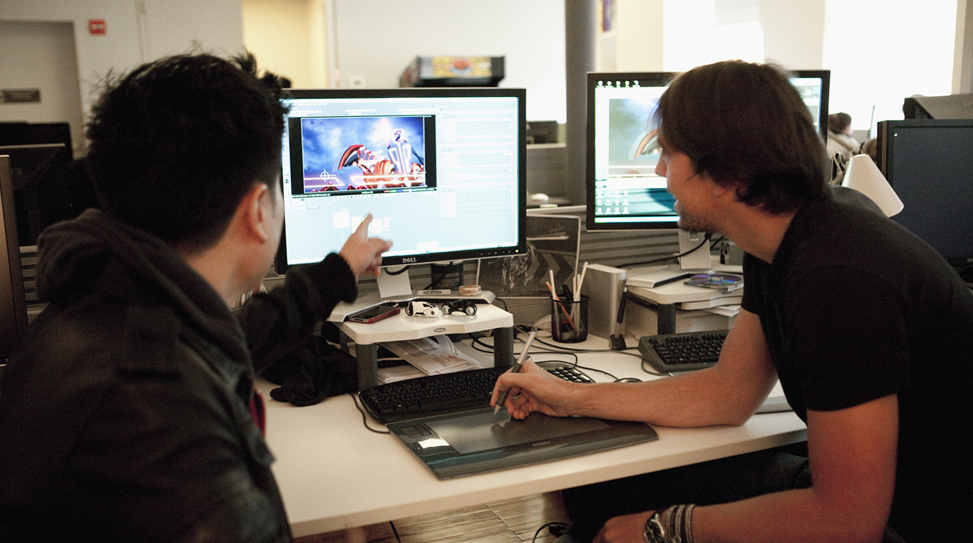
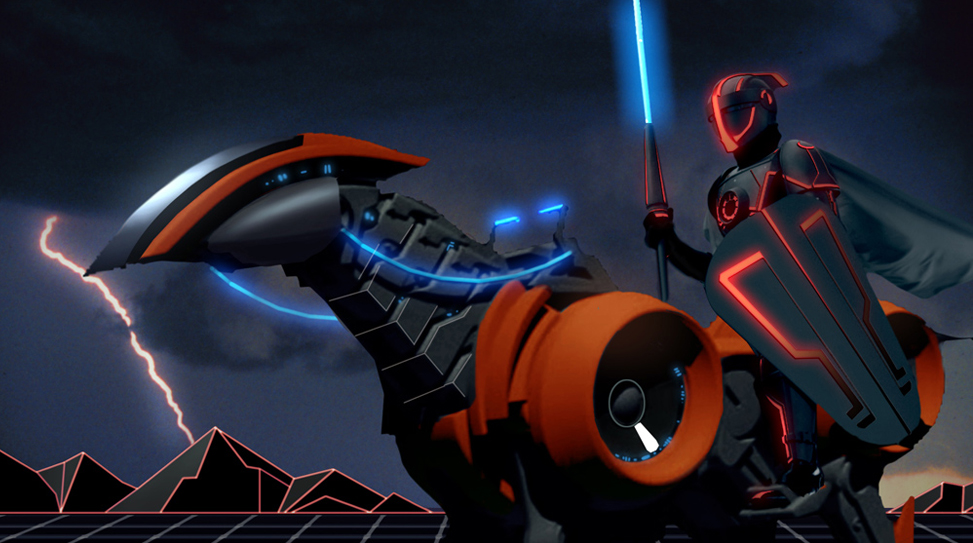
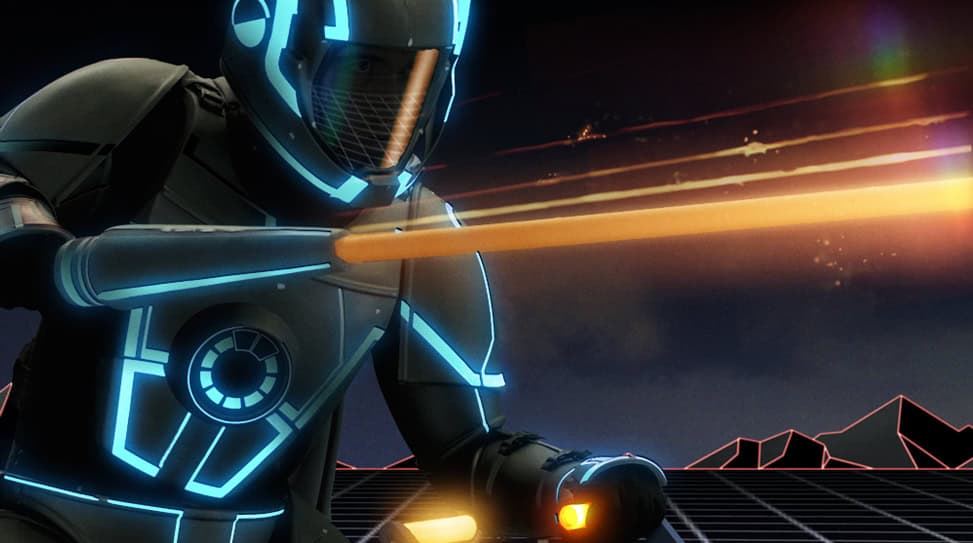
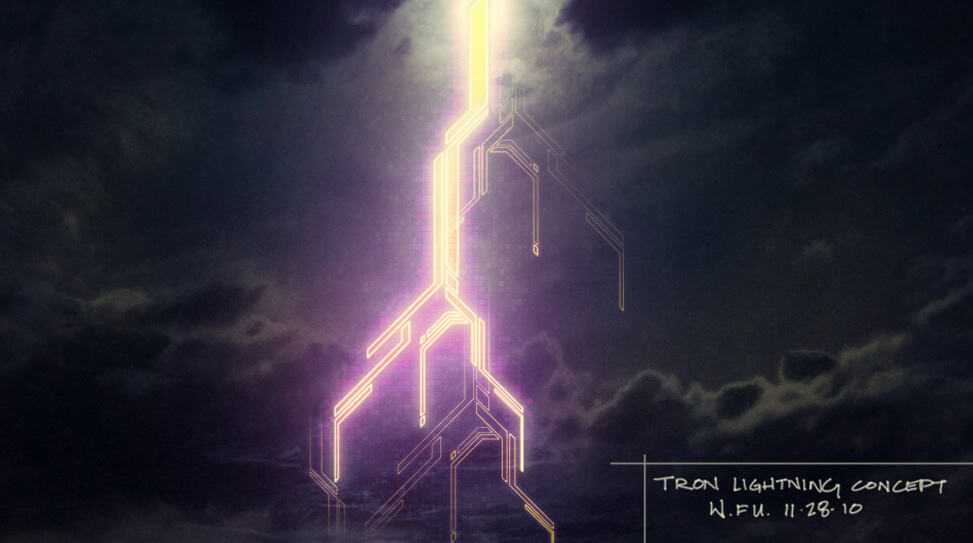
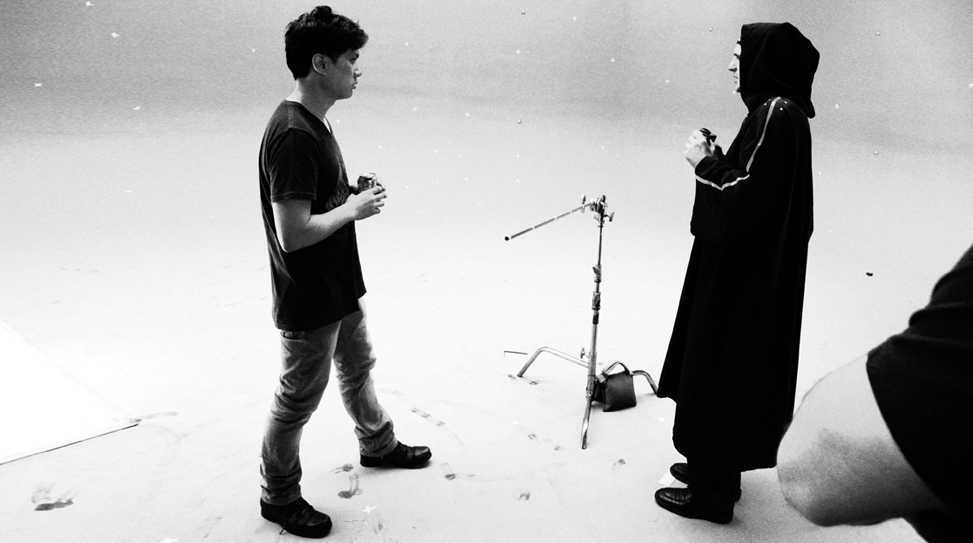
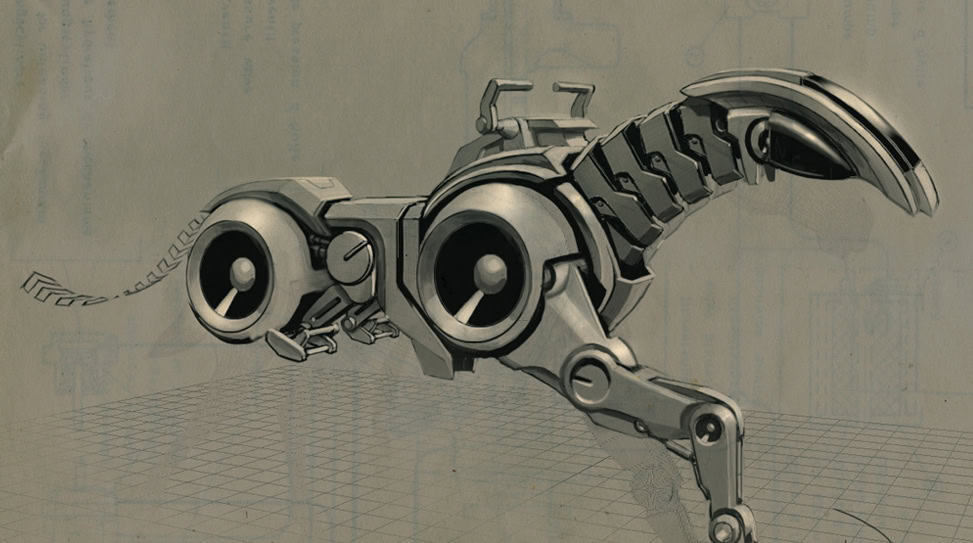
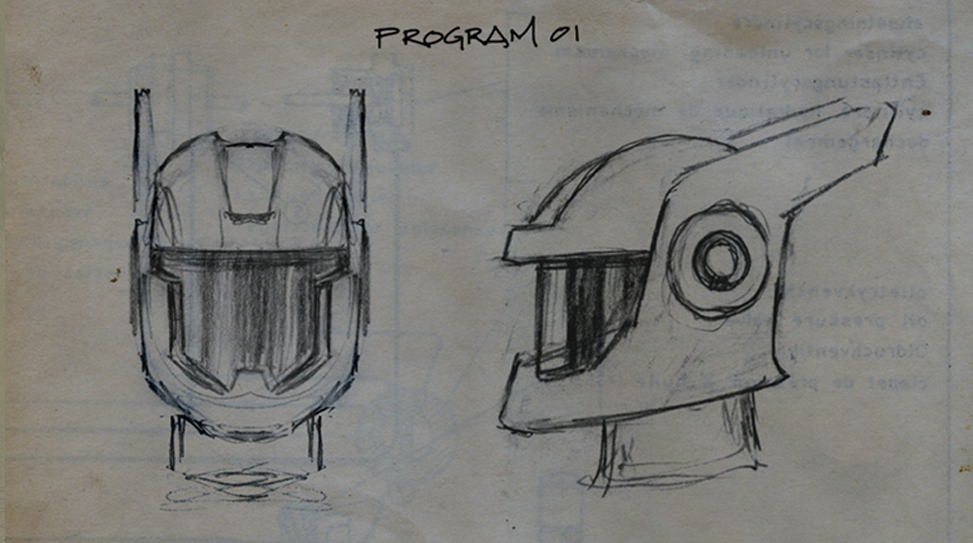
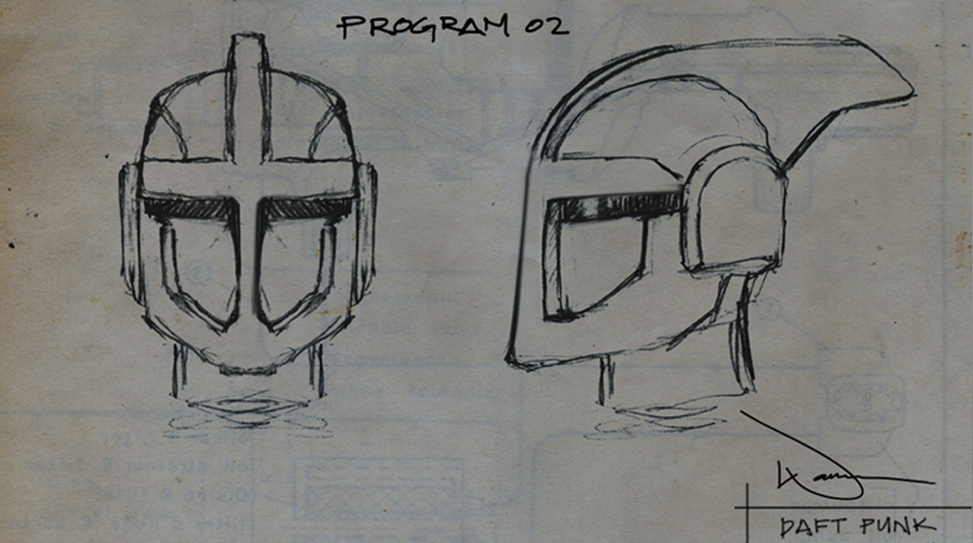
 A Conversation with Sean Wang
A Conversation with Sean Wang A Conversation with James Paxton
A Conversation with James Paxton
No Comments